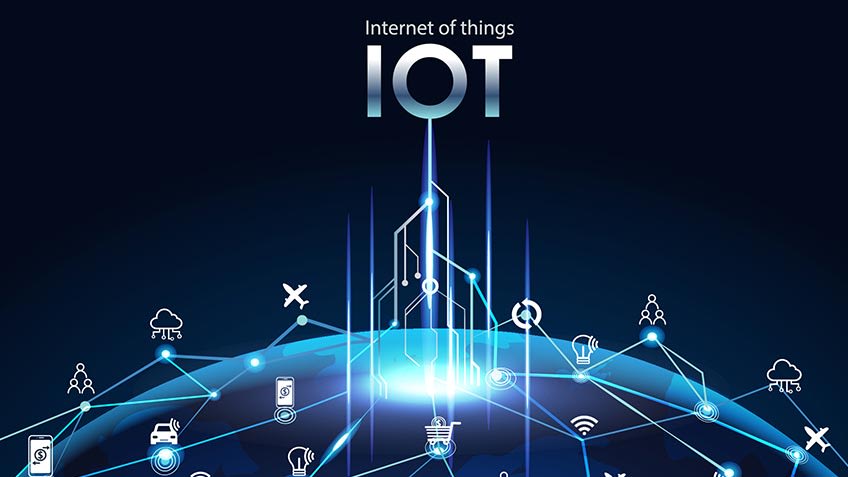
Canada Appeals for International Firefighting Aid
June 09, 2025: Canada has issued an international appeal for firefighting support as wildfires intensify across multiple provinces

Opening up workspace amidst the pandemic is dependent on the safety measures, IoT has a prominent role to follow. There are tech giants in the market to launch the products to help the business sector manage the facilities available in the pandemic. Some expertise aims at the smart vision to track people in the facility-area, and alert during the security breach that might be due to increased occupancy than the limit. The system is driven with a standard camera with an optical people counter module attached or with a sensor. The data is shared via a Wi-Fi network, which will then read through software and run into graphs giving a clear analysis of occupancy in the given premises. The system in total alerts on the distancing rules is violated very often.
There is software that uses thermal cameras to detect the temperature deformity in the organizational setup. Some organizations also have wall mount tracks with infrared sensors, that run via a battery, which reports back the findings via a network that is fed into a web portal that gives a real-time report of occupancy in the given area. IoT botnets also have their application but have weak security measures hence, it is still under research.
Contact tracing via IoT built with the Bluetooth tag has increased accuracy, in a densely populated area. Deploying Bluetooth tags and smart devices with system-wide optimization of Bluetooth devices, avoiding message collision, so that highly susceptible contact is not missed out. IoT can equip unique and pervasive computing and allow impeccable care testing. The sensors carry out ion imaging, which can measure ion concentration in the solution that has samples extracted from the patient. Imbibition of automation and technology in health care such as IoMT bedside devices reduce interactions with patients and improving the safety of the health care personnel. This enables the collection of data from more patients, where patients can record and update their temperature on the portal and avoid the cross infection to other patients in the vicinity. Introducing IoT in the medical sector will need collective efforts of economical and technical fields.
Patient compliance is ensured once potentially infected patients are quarantined using IoT. IoT can relieve overworked up health care officials by remote monitoring of patients, which will increase the efficiency of health workers, also reduce the exposure to infection.
We are seeing an interesting convergence of technology, medicine, social issues, and human progress – John Nosta.
We provide the insights on leaders who are responsible for taking their organization to new heights, all the while bringing together a group of talented individuals.

June 09, 2025: Canada has issued an international appeal for firefighting support as wildfires intensify across multiple provinces

May 27, 2025: Air Canada Cuts Five U.S. Routes for Winter 2025–26, Part of Broader Cross-Border Retrenchment

May 26, 2025: Trump Freezes $2.2B in Federal Grants to Harvard Over DEI, Threatens Tax-Exempt Status.

May 14, 2025: Microsoft has announced plans to reduce its global workforce by approximately 3%, affecting roughly 10,000 employees across multiple departments.

May 13, 2025: The Trump administration is considering suspending the constitutional right of habeas corpus in a bid to accelerate mass deportations.